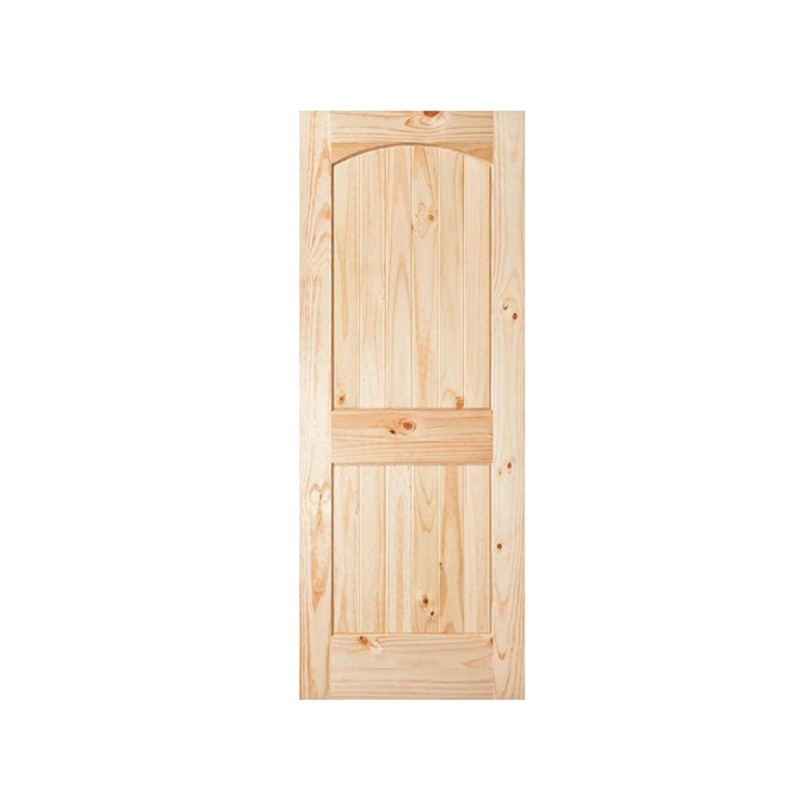2025-06-20
In interior and architectural design, the solid wood door remains a valued element thanks to its timeless appeal and structural integrity. While its core material stays consistent, the preferences surrounding style, finish, and function have evolved in response to broader design movements. Today, several key trends are shaping how homeowners, designers, and builders choose a solid wood door for both residential and commercial spaces.
Minimalist and Clean Lines
The strong trends influencing solid wood door selections is the shift toward minimalist aesthetics. Clean lines, flat surfaces, and unembellished panels are preferred in modern interiors. These designs provide a sleek, understated look while allowing the natural grain of the wood to become a primary visual element. This trend reflects a desire for simplicity and functionality in architectural spaces.
Natural and Earth-Tone Finishes
Color and finish preferences have also shifted in recent years. Rather than painted surfaces, many choose a solid wood door that highlights the raw, organic beauty of the material. Stains in oak, walnut, maple, and ash remain popular, particularly when they enhance visible knots and grain patterns. Earthy tones help create a warm and welcoming atmosphere, aligning with the broader trend of bringing natural elements indoors.
Sustainably Sourced Materials
Consumers are increasingly aware of the environmental impact of construction and furnishing materials. As a result, many now look for solid wood door options made from sustainably harvested or reclaimed wood. Certification from organizations like FSC (Forest Stewardship Council) adds value and trust in the source of materials. This trend is less about visual style and more about the values associated with responsible production.
Mixed Material Combinations
Combining wood with glass, metal, or resin is another trend influencing solid wood door design. Glass inserts—whether clear, frosted, or textured—introduce light into interior spaces without compromising privacy. Black or brushed metal accents provide a contemporary contrast to the wood’s warmth. These combinations allow doors to complement modern, industrial, or transitional interiors.
Sliding and Pocket Doors
Functional innovation also plays a role in how people choose a solid wood door. Sliding barn doors and pocket doors are gaining traction in contemporary spaces for their space-saving benefits and unique design presence. When crafted from solid wood, these doors maintain a traditional aesthetic while supporting modern living requirements.
Textured and Handcrafted Surfaces
A growing appreciation for craftsmanship has brought attention to texture in woodwork. A solid wood door may feature hand-scraped finishes, distressed treatments, or rough-sawn textures that emphasize the artisanal nature of the product. These features provide depth and character, appealing to those who value a handcrafted appearance.

Though natural finishes dominate, some homeowners opt for painted solid wood door designs in muted or bold colors to create visual interest. Deep greens, navy blues, and matte blacks are especially popular in accent door applications, helping to define a space without overwhelming it.
The solid wood door continues to evolve alongside architectural and interior design preferences. With trends ranging from minimalist forms and sustainable materials to mixed textures and innovative configurations, today’s choices reflect both aesthetic goals and practical needs. By staying informed about these influences, consumers and designers can better select a solid wood door that aligns with their vision while offering durability and style.
